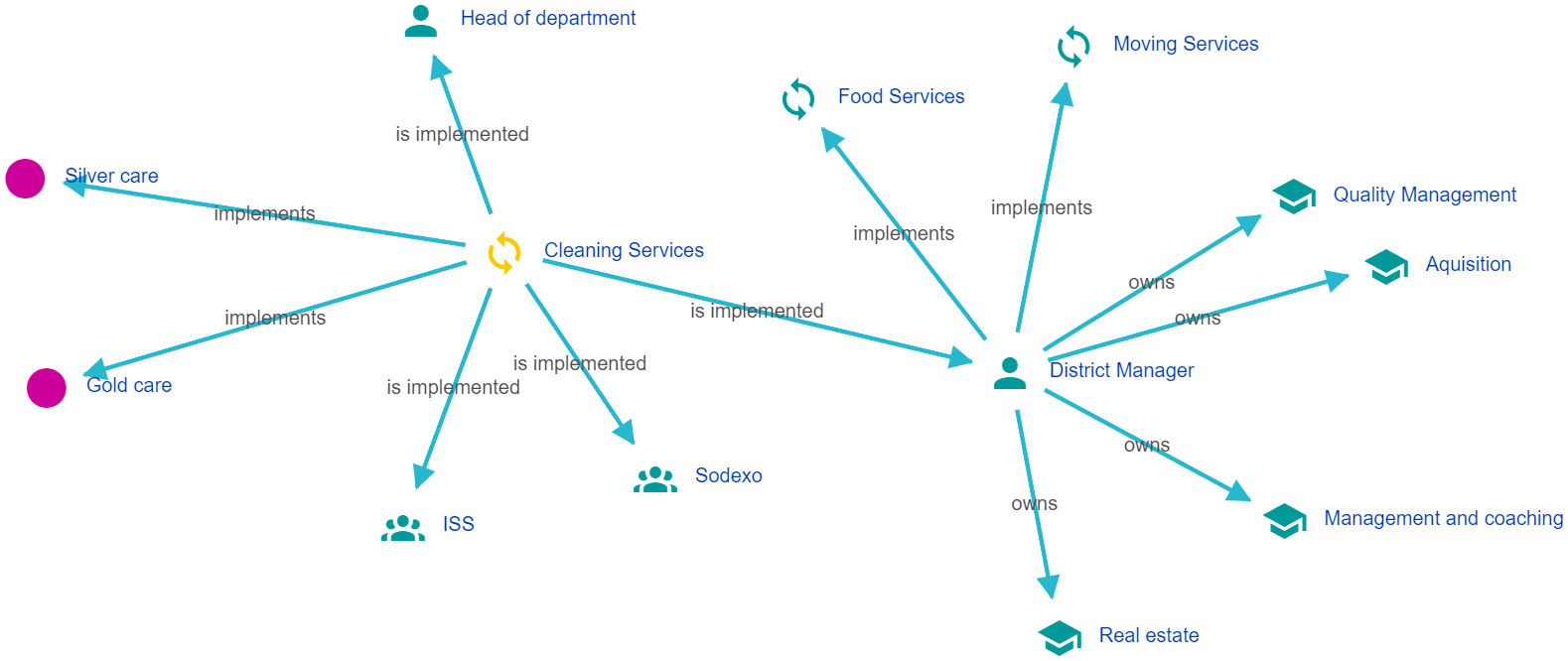

ARC software is best suited for looking ahead
Kirjoittaja:
Elina Mäkinen
ARC software is an enterprise architecture tool that allows you to visually depict the structures of an organization and the connections between them. With the help of the resulting overall picture, it is possible to assess and anticipate the effects of business change, as well as create the conditions for knowledge-based management. In this blog post, I will go through the benefits that ARC software brings to its users and how to plan for the future with the software.
Do not skip the architecture conversation
The software was somewhat familiar to us before, but after we went through the metamodel and relations, it opened up everything ARC can do. The review was useful and made me think about how to enter information from the perspective of my own activities.
The quotation above is a typical comment from ARC software administrators. They already have knowledge of enterprise architecture and the various requirements associated with their own operations. They also often have a strong knowledge of what kind of different software exists for modeling enterprise architecture and have got to know the ARC software in advance through a demo.
Still, deployment always starts with the basics. By doing this, we confirm the common view and also ensure that the consultant understands the situation of the organization. The enterprise architecture debate should not be skipped. Not even if it seems that you already know these things or there is a feeling that in your industry you are not used to having an architectural debate.
Benefits of ARC software regardless of industry
Common benefits of ARC software, regardless of industry, have been the connection graphs describing the current state.

The graphs are drawn automatically by ARC, as long as the elements have been entered into the software and connections between the elements are linked. Based on this information, observations can be made about what kind of systems your organization has and how they relate to each other. Projects are accelerated when the data is modeled in the tool and can all be found in the same archive, i.e. the description database.
Another benefit is also reflected in the fact that although the software is almost amoeba-like flexible, it is easy to build hierarchies of processes or services, for example, using connections and symbols or even charts. Often the challenge of development work is that if one aspect needs to be described at a profound level, it is difficult to conceive of a so-called holistic level at the same time. ARC’s chart editor makes it easy to visualize both detailed implementation solutions as well as a hierarchical entity and structure.
Still regardless of industry, when images have been made and elements linked using tables, connection graphs have allowed for a whole new kind of discussion, for example in situations where modeling has been needed to support system acquisitions. It is typical for enterprise architecture work that the system portfolio has become too large and, for example, dozens of systems are used and maintained by human resource management alone. Modeling is needed as a basis for reform, which can be used to link needs not only to the level of processes but even to the level of capabilities.
The previous storage culture affects the speed of progression
In implementation and deployment projects, regardless of the size or industry of the organization, the organization’s storage culture has a long tradition. Fragmented practices, which often result in fragmented source material, are forcibly reflected in enterprise architecture work and slow down progress.
In other words, the clearer the storage procedures and the things recorded in the systems have been before the architectural work, the faster the organization will be able to move forward in the implementation of ARC as well.
For example, processes are often an area that is discussed a lot in an organization, but in reality, there may be a situation where the people conducting enterprise architecture work have to do quite a lot of undercover work before even a process map is available.
Less images and overlapping of development work
Another clear benefit is that you no longer have to draw new Power Point images for everything. We are used to the fact that when we need to model something, we draw a picture of it from that very perspective. When another perspective is needed, a new image is drawn, even if the elements remain the same.
With ARC software, it is easy to model perspectives without having to start each image from scratch. This has especially helped those organizations with a clear desire to look ahead all the time. In fact, ARC is best suited for that: looking ahead – modelling different scenarios and the future using a well-managed current state.
Enterprise architecture expands with a very inherent development path, as the software can be used to track what projects are going on or coming and to which services, processes and systems they are linked to. This will also aid in better management of overlapping development work and the cyclical workload.
Lue lisää
-
 Published on:
Published on: -
 Published on:
Published on:Documenting processes with The 3-page technique
-
 Published on:
Published on:What is quality management with IMS software?